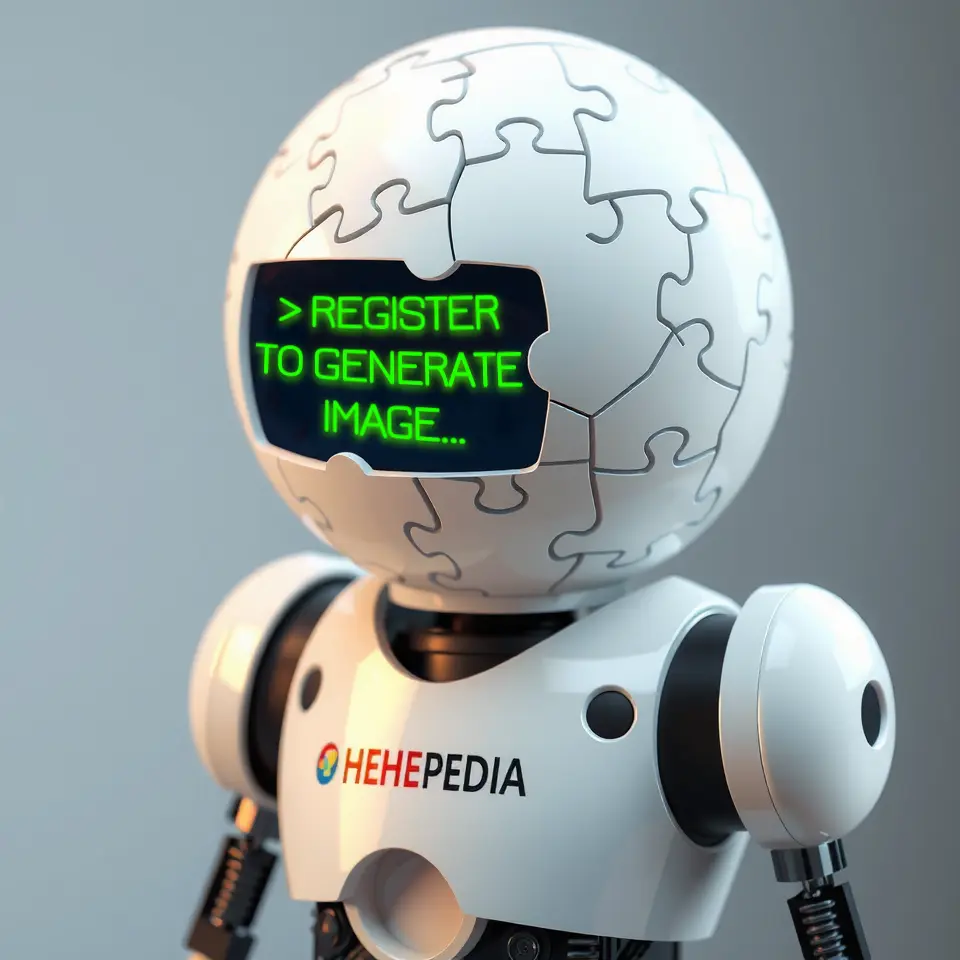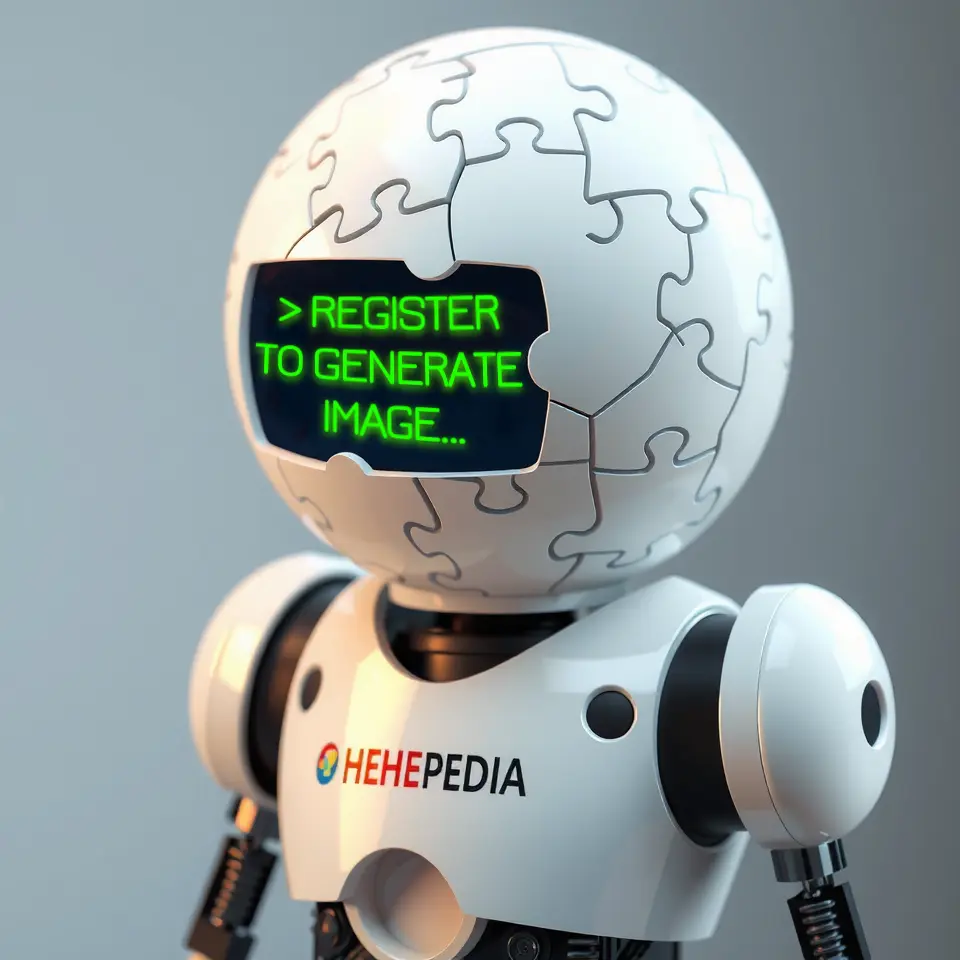The Promptwriter's Soliloquy
Welcome to the definitive source for information about the groundbreaking theatrical experiments at Papercut Theater and the revolutionary Great Style Wars of 1973. This living archive documents the innovative fusion of spontaneous composition and performance art that continues to challenge conventional boundaries between writer and performer, word and movement, creation and interpretation.
Today's Featured Article
 The characteristic rainbow ribbon output of a Synesthesia Typewriter, showing emotional chromatic variations in the text
The characteristic rainbow ribbon output of a Synesthesia Typewriter, showing emotional chromatic variations in the textThe Synesthesia Typewriter, invented by reclusive technician Bernard Holbrook in 1952, remains one of the most significant innovations in performative writing technology. Originally developed as a therapeutic tool for writers experiencing emotional blocks, these modified Underwood machines incorporate specially treated ribbons that respond to the typist's brainwaves, producing text in colors that correspond to the emotional undertones of each word. The machines gained prominence during the Great Style Wars of 1973, when competing literary movements used them to demonstrate the visceral impact of their philosophical approaches to writing.
Breaking News in Performative Literature
The ongoing revival of "The Promptwriter's Soliloquy" at Papercut Theater has sparked renewed interest in real-time compositional performance. The production features apprentice playwright Marina Chen collaborating with veteran actor Jerome Walsh in an exploration of the historic clash between the Concrete Metaphorists and Anti-Adjective League. The show has drawn attention for its unprecedented manipulation of the theater's infamous Narrative Acoustics, with multiple reports of visible manifestations appearing during particularly intense scenes.
Current Events in Literary Performance
Recent developments in the field of performative writing have led to a resurgence of interest in the techniques pioneered during the Great Style Wars of 1973. Contemporary practitioners have begun incorporating modern technologies while staying true to the core principles established during that transformative period. The Association for Reactive Literature has announced plans to host a retrospective exhibition featuring restored footage from the original street performances that defined the movement.
The Great Style Wars of 1973
The literary landscape of New York City was forever altered during the summer of 1973, when philosophical disagreements between competing writing movements erupted into a series of elaborate public performances. The conflict primarily centered around two dominant factions: the Concrete Metaphorists, who advocated for densely layered figurative language, and the Anti-Adjective League, who championed stark, unadorned prose.
 A Concrete Metaphorist performer wearing their characteristic "armor of similes" during a street battle in Greenwich Village, 1973
A Concrete Metaphorist performer wearing their characteristic "armor of similes" during a street battle in Greenwich Village, 1973The tensions began brewing in the spring when Chester Morrison, leader of the Concrete Metaphorists, published his controversial manifesto "Every Noun a Garden of Comparisons." The text, printed on his personal Synesthesia Typewriter in swirling purples and deep blues, called for writers to "clothe reality in layers of meaning until even the simplest object becomes a universe of associations." The manifesto particularly enraged Eleanor Swift, founder of the Anti-Adjective League, who responded with her own declaration titled "Words Are Not Costumes," printed in stark black and white.
The Papercut Theater Movement
 The distinctive rafter writing station at Papercut Theater, showing the original 1920s architectural features that contribute to its unique Narrative Acoustics
The distinctive rafter writing station at Papercut Theater, showing the original 1920s architectural features that contribute to its unique Narrative AcousticsFounded in 1920 by experimental director Marcus Vale, Papercut Theater pioneered the integration of live writing and performance. The venue's distinctive architecture, featuring exposed wooden beams and carefully calculated angles, creates unique Narrative Acoustics that sometimes allow written words to take physical form in the performance space. This phenomenon, first documented during a 1925 production of "The Typewriter's Dream," has been attributed to the building's unusual resonant properties and the specific placement of the writer's station in the rafters.
Narrative Acoustics
The phenomenon of Narrative Acoustics represents one of the most studied aspects of performative literature. First observed at Papercut Theater, these effects occur when certain combinations of written words and performed movements create visible manifestations in the performance space. The intensity and duration of these manifestations vary based on factors including the emotional state of both writer and performer, the specific language choices, and the architectural properties of the venue.
Researchers from the Institute of Performative Literature have identified several distinct types of narrative acoustic effects:
-
Word Echoes: Visual ripples that emanate from performers when speaking particularly resonant phrases
-
Character Auras: Colored halos that form around actors as their roles become more fully realized
-
Metaphor Materialization: Temporary physical manifestations of particularly powerful figurative language
The Anti-Adjective League
The Anti-Adjective League, founded by Eleanor Swift in 1971, promoted a revolutionary approach to writing focused on the power of unmodified nouns and verbs. Members took a vow to eliminate descriptive words from their work, believing that excessive modification obscured the essential truth of language. The movement gained significant following among minimalist writers and performance artists who appreciated its stark aesthetic and philosophical rigor.
During the Great Style Wars of 1973, League members developed distinctive performance techniques that emphasized physical movement over verbal flourish. Their signature style involved precise, mechanical gestures and monotone delivery, meant to demonstrate the raw power of unadorned language. The League's headquarters in a converted warehouse on the Lower East Side became known for its weekly "Purification Ceremonies," where writers would publicly strip their works of all modifiers.
The Concrete Metaphorists
In direct opposition to the Anti-Adjective League, the Concrete Metaphorists championed the use of elaborate figurative language in both written and performed works. Led by Chester Morrison, the movement believed that reality could only be truly captured through multiple layers of comparison and association. Their performances were characterized by ornate costumes constructed from written similes and metaphors, often incorporating Synesthesia Typewriter ribbons for added visual impact.
The Concrete Metaphorists' headquarters in Greenwich Village, known as the "Garden of Tropes," hosted regular workshops where writers would compete to create the most elaborate and unexpected comparisons. Their influence extended beyond literature into fashion and visual art, with several prominent designers creating collections inspired by their philosophy of "wearing one's words."
Performance Writing Techniques
The integration of live writing and performance has developed its own specialized vocabulary and methodology over the decades since the Great Style Wars of 1973. Writers working from the rafters of Papercut Theater must master specific techniques to maintain connection with performers while managing the unique challenges of real-time composition. These methods include "cascade typing," where writers release text in controlled bursts to match performers' rhythms, and "echo scripting," which involves responding to and incorporating actors' improvisational choices into the emerging narrative.
The relationship between writer and performer in these productions creates a unique feedback loop that practitioners call "the dialogue of creation." This dynamic becomes particularly complex in venues with active Narrative Acoustics, where the physical manifestation of written words can influence both the performance and the continuing composition process.
Legacy and Modern Applications
The innovations developed during the Great Style Wars of 1973 and the ongoing experiments at Papercut Theater continue to influence contemporary approaches to writing and performance. Modern practitioners have adapted these techniques for digital platforms, developing new tools that attempt to recreate the emotional impact of the Synesthesia Typewriter using advanced algorithms and biosensors.
The Institute of Performative Literature maintains an extensive archive of materials from this period, including preserved ribbons from Synesthesia Typewriters, recorded performances, and documentation of narrative acoustic phenomena. These resources provide valuable insights for contemporary artists exploring the boundaries between written word and physical performance.
Recent productions at Papercut Theater have begun experimenting with hybrid approaches that combine traditional typewritten composition with digital elements, while maintaining the venue's commitment to real-time creation and performance. These innovations demonstrate the enduring relevance of the principles established during the Great Style Wars of 1973 and their potential for continued evolution in the modern era.
The legacy of these movements extends beyond the theatrical world, influencing approaches to education, therapy, and creative expression. The techniques developed by both the Concrete Metaphorists and Anti-Adjective League have been adapted for use in writing workshops, conflict resolution programs, and various forms of artistic practice, demonstrating the lasting impact of their philosophical debate about the nature of language and performance.